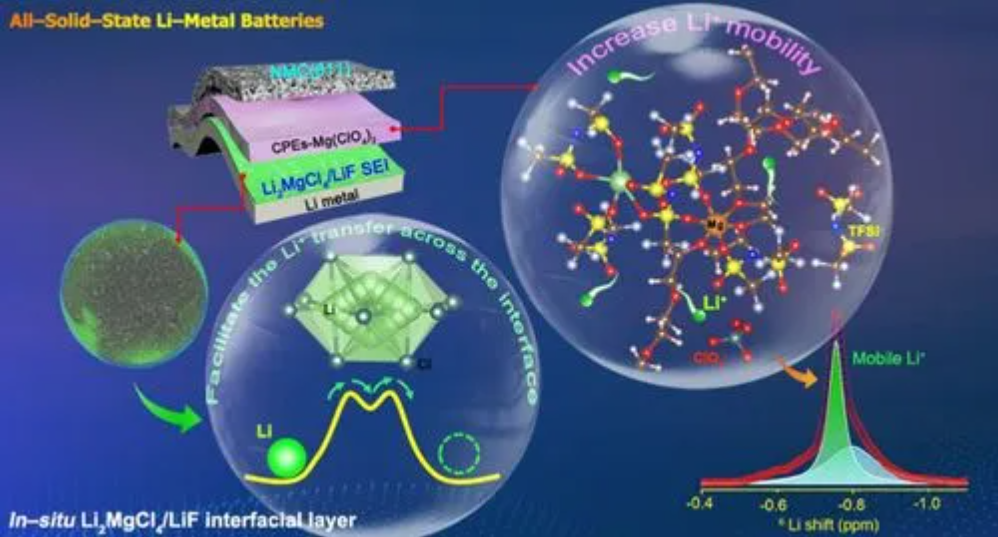
A team from Technische Universität Darmstadt, Universität Stuttgart, Justus Liebig Universität Gießen, and Universität des Saarlandes have developed a two-step recycling approach using citric acid as the leaching agent to separate and recover the individual components of an all-solid state Li-ion battery cell comprising a Li4Ti5O12 (LTO) anode, Li6.5La3Zr1.5Ta0.5O12 (LLZTO) garnet electrolyte and LiNi1/3Mn1/3Co1/3O2 (NMC) cathode.
A paper on their work is published in the journal ChemSusChem.
With the current global projection of over 130 million electric vehicles (EVs), there soon will be a need for battery waste management. Especially for all solid-state lithium-ion batteries (lithium ASSBs), aspects of waste management and circular economy have not been addressed so far. Within such ASSBs, the use of solid electrolyte like garnet-type Li6.5La3Zr1.5Ta0.5O12 (LLZTO) may shift focus on strategies to recover not only the transition metal elements but also elements like La/Zr/Ta.
—Waidha et al.
The researchers reported that by adjusting the concentration of citric acid, it was possible to separate the materials from each other without strong mixing of individual phases and also to maintain their principle performance characteristics. Thus, the process has a potential for upscaling and can guide towards considering separation capability of battery components in the development of lithium ASSBs.